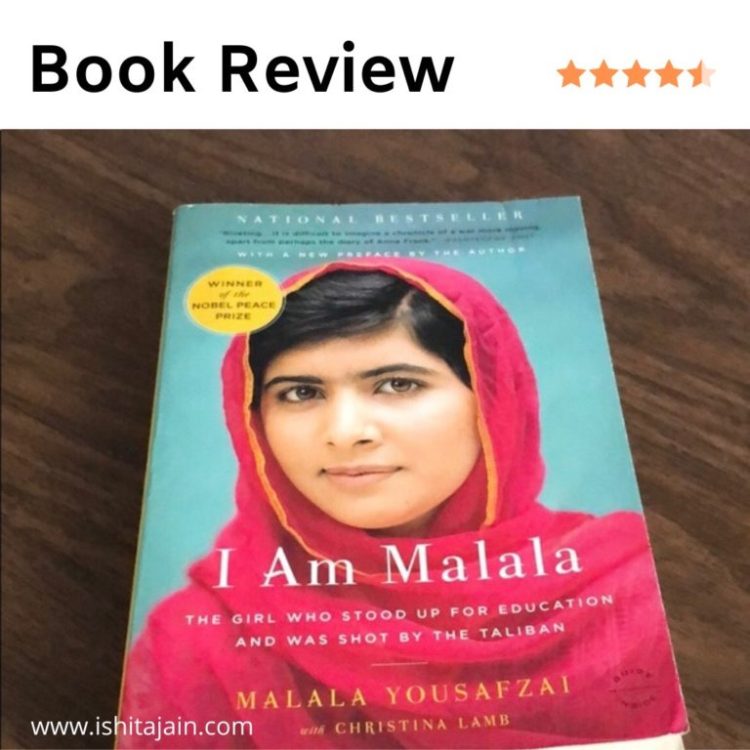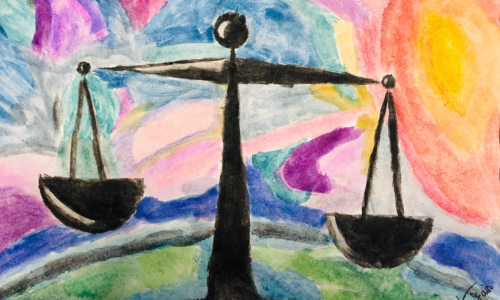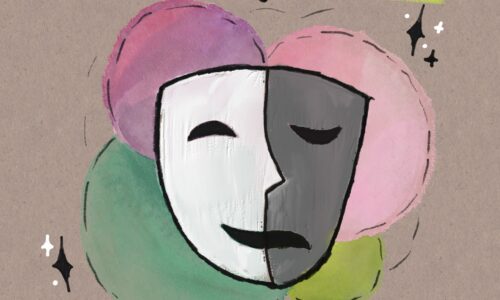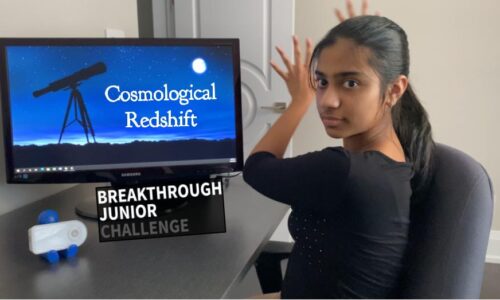Sometimes, we are looking through our collection of books at home and we can’t find anything interesting. Maybe we’ve read all of them, or they’re not our reading level. Whatever the case, we need something to read. We are always looking for something new, something fiction or nonfiction. We are just looking for something that catches our eye! Well then look no further. Written by a Nobel Peace Prize winner, “I am Malala” is a book you’re going to want to take home with you.
But why don’t you decide that? Read further and learn about all the fascinating features that this book has to offer. Gather some information on why exactly this book stands out, why it’s perfect for advanced readers… maybe it will capture your interest. See for yourself how connections can be made with this book to yourself and your surroundings. Even if there aren’t any connections to be made, you can learn about a whole new world. Either way, you’ll see why this book is truly special. Without further ado, let’s dive right in.
“I am Malala” is an autobiography about a Pashtun girl Malala Yousafzai, who was born and raised in Pakistan. She fought for the education of girls, even after being shot by terrorists. It revolves around the hardships that Malala faced growing up and how she responded to them, how she made a difference. The main opposition she faced were the Taliban. Malala was ten when they arrived at the Swat Valley in Pakistan, the valley which she called home. Taliban’s leader, Fazlullah claimed to be an interpreter of the “Quran” (a religious book for Muslims) and began setting rules like no singing/dancing and no schooling for females. At first people praised him since they thought the Taliban was good, but soon it became pretty clear to the masses that they were terrorists. They shot so many people and used suicide bombers as well. They even blew up century old monuments, the Buddhist statues and stupas just to show their dominance. The fiasco resembled one such as a bloody dictatorship. It was during this time that Malala, now known as the daughter of the nation, took a stand, first with a pen name, Gul Makai (meaning cornflower) and then, with her real one. “I am Malala” takes place in Mingora, Swat Valley, Pakistan. According to Malala, Swat valley is the most beautiful place in the world with its lush trees, clear, blue water and tall mountains, touching the clouds.
Near the end of the book, when Malala is shot, she is taken to the Queen Elizabeth Hospital in Birmingham, England. After her recovery, the Yousafzai family continued to live in England. In England, she finds that everything is so much different than her home in Pakistan. It’s a lot cleaner and there is so much more space. Families are wealthier and women have jobs. They have a liberty to practice profession like lawyers and scientists. Girls have the right to education. However, Malala still sometimes misses her home, where she grew up and has memories of her childhood.
In this book, the main languages spoken are Pashto, Urdu and English. English is spoken when they go to England, Urdu is the native language for Pakistan and Pashto is the language spoken by Pashtuns. This book educates us about what had happened to the women and children of Pakistan in the time of the Taliban. Thanks to Malala, several girls in Pakistan and around the world, in fact, now have the right to education. She made it known around the world what was happening to the citizens of her country due to the Taliban and was able to raise a lot of awareness with the help of reporters from America. It was because of her that the Pakistan army finally took action and attempted to rid the valley of the Taliban. They were able to make things a bit better but the main leaders escaped. Malala made a difference to so many around the world. This is visible through the support she had received during her treatment when she was shot by the Taliban. Even though she was treated in England, she received support from all around the world.
When I first started reading the book, I found the title was intriguing, but I found it a bit dull and boring. It just wasn’t able to capture my interest until, after a few pages when I gradually got more invested in the book. At some point, I started feeling sympathy with the characters and found myself pondering about what might happen next. The first time I felt a connection to the book was in chapter two, when Malala is telling the story of her dad and the chapter ends with him winning the speech competition even though he had a speech impediment. I admired his perseverance and courage and was able to connect with a love for literature. That’s when I thought, “Maybe this book isn’t so bad after all”. This book is an absolute must-read. This is due to three key factors that were quite noticeable within the book. Firstly, the way the text is phrased. By writing the story in first person, the reader is able to connect with Malala on a deeper level, and it makes her story a lot more interesting. Reading the details of an event from a specific person’s point of view allows you to be able to visualize the scene better and sometimes feel as though you were really there in history. Secondly, it’s the way the character Malala is developed. There are a lot of good details that explain Malala, her family and her village. A good book is one that must capture the reader’s interest and be able to take them to the end of the book on with them ‘at the edge of their seat’. Character development is very crucial to achieve this and the book did an exceptionally well job of incorporating it. Finally, most interesting is what the actual message that “I am Malala” portrays. It is mandatory that you read this book because it teaches you the importance of education. Malala enjoyed the opportunity to learn but respected her education even more when it was taken away from her. I think this is explained in a really nice way by one of my another favorite books, the Wednesday Wars, a Newbery Honor award winner written by Gary D. Schmidt: “Maybe the first time that you know you really care about something is when you think about it not being there and when you know-you really know-that the emptiness is as much as inside you as outside you. For it falls out, that what we have we prize not to the worth whiles we enjoy it but being lacked and lost, why, then we rack the value, then we find the virtue that possession would not show us while it was ours.”
With Malala’s smooth narrative, in no time, I began making connections to this marvelous heroine. Malala’s story has certainly become an important part of the world as we know it today and soon to be world history!
“I am Malala” is a magical book that can take you back in time with flow of the words and vivid details. When you open the book, remember to be open-minded. You’re going to be learning about a new culture, a different way of life, and that requires patience and dedication. But once you get more involved with the book, you’ll start to find it quite enticing and at times you may not want to put it down. Keep in mind an educational mindset, and don’t be afraid to ask questions and try to answer them to try and better understand the book. The present has changed since the challenges that Malala faced, but it is still important that we learn about her, because without her, so many would not be where they are today. Even though the world is a lot better than it was, she still continues to stand for educational rights. It’s like she said: “I am Malala. My world has changed, but I have not”.



